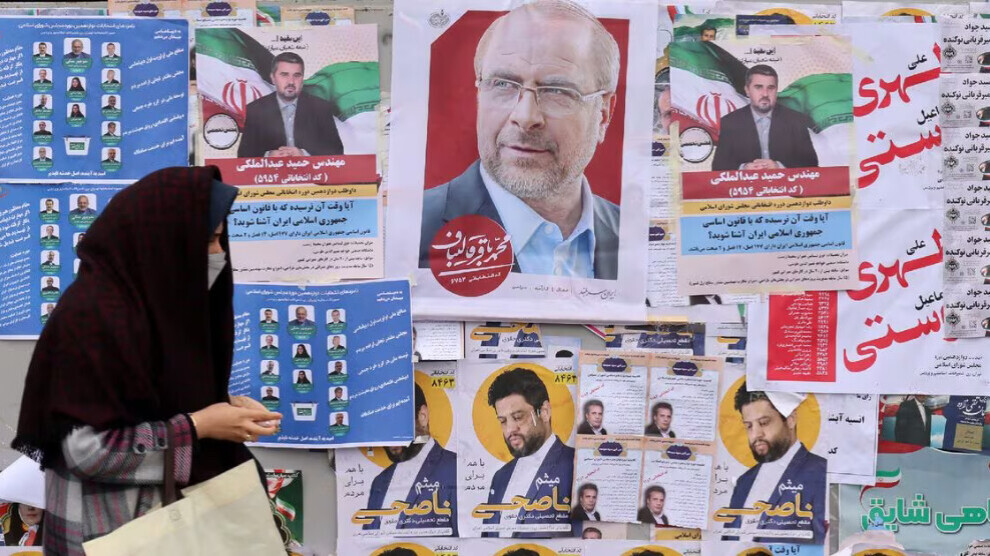Iranian elections marked by boycott
With the lowest turnout in the 45-year history of the Islamic Republic, Iran's elections left little doubt that the conservatives would further consolidate their control of parliament.
With the lowest turnout in the 45-year history of the Islamic Republic, Iran's elections left little doubt that the conservatives would further consolidate their control of parliament.

Two days after the elections in Iran, vote counting continues and final results are expected to be announced by the Interior Ministry.
According to official media, the turnout in the parliamentary elections was around 41 percent. This is a record apathy in the 45-year-old Islamic Republic. The boycott appears to have been effective despite pressure, threats and repeated statements by the government, the religious leadership and the military to get people to the polls.
The double vote to elect 290 members of parliament and 88 members of the Assembly of Experts, which is responsible for appointing the Supreme Guide, mobilized around 25 million of the 61 million voters in a country of 85 million people. An independent estimate is not yet available. It is thought that turnout may actually be lower.
These were the first elections since the unprecedented "Jin Jiyan Azadi" (Woman, Life, Freedom) uprising that began in September 2022 with the killing of young Kurdish woman Jina Mahsa Amini in Tehran. The only question about these elections was the turnout.
In the previous parliamentary elections in 2020, turnout was 42.57 percent, the lowest since the declaration of the Islamic Republic in 1979.
However, officials claimed that the "plan to boycott the elections instigated by foreign enemies" did not work.
President Ibrahim Raisi said on Saturday that this was "another historic defeat inflicted on Iran's enemies after the uprisings in 2022."